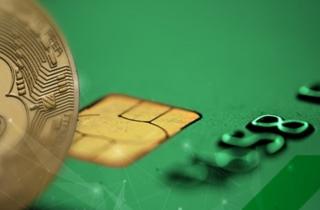How to work with Limit Orders on DEX
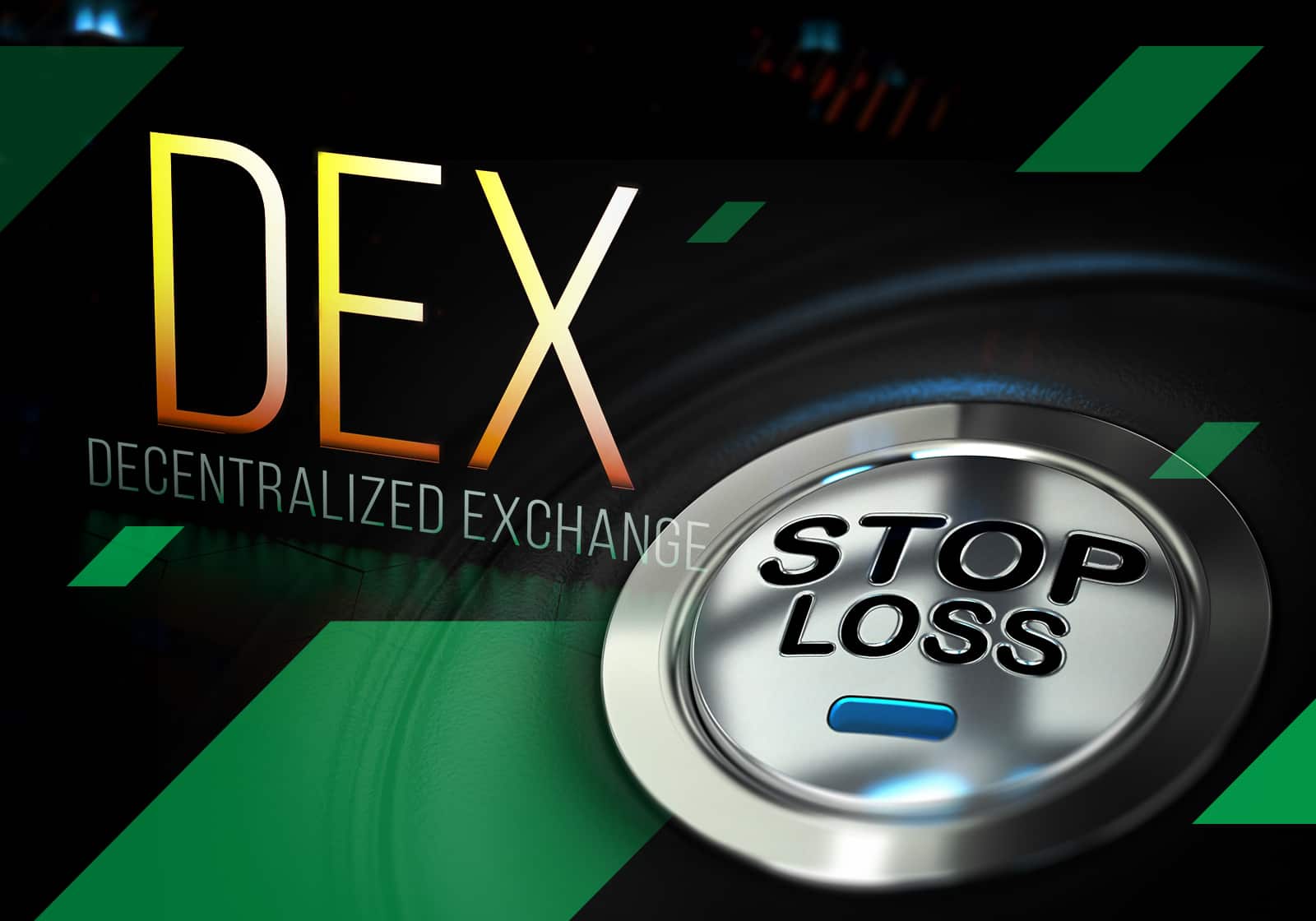
Decentralised exchanges (DEXs) are becoming more advanced, rivalling centralised exchanges (CEXs) in terms of functionality. One key feature is the ability to place DEX limit orders, which enhances DEX traders' flexibility and performance. This article explores existing limit order capabilities, their potential implementations and how to work with a limit order on DEX.
What is a decentralised exchange (DEX)?
A decentralised exchange (DEX) is a platform where users can directly trade cryptocurrencies with each other on the blockchain without the need for an intermediary. DEXs enable peer-to-peer transactions and asset liquidity provision through smart contracts.
There are different types of DEXs, such as automated market maker (AMM) DEXs and order book-based DEXs, which determine prices differently. Unlike centralised exchanges and traditional finance, DEXs are non-custodial and permissionless, meaning users have complete control over their assets, minimising the risk of assets being seized or frozen.
DEXs also offer increased transparency by providing visibility into liquidity, fund movement and trades. Moreover, DEX protocols can be composed, allowing for innovation and the development of additional functionalities on top of existing protocols. AMM DEXs and central limit order book-based DEXs (CLOB) are two common forms of DEXs with distinct characteristics.
DEX Order Book
An order book, also known as a Central Limit Order Book (CLOB), consists of buy and sell limit orders placed by participants in the market.
In the decentralised order book, the market price of an asset is determined by the lowest asking price (sell order) or the highest bidding price (buy order). When traders execute a market order, they buy or sell the asset instantly at the current market price, reducing liquidity in the order book. As a result, traders often incur a taker fee.
Another common type of order is a limit order, which allows traders to specify the price at which they want to buy or sell tokens. When a limit order is placed, it remains on the DEX order book until it is filled. Traders contribute to the liquidity of the decentralised order book, making it deeper. Consequently, they often receive a maker fee or rebate for this order.
The matching mechanism of the DEX order book brings together active buyers and sellers at a specific price, offering traders more control over their trades.
Now, let's discuss liquidity. In centralised order books, liquidity is typically provided by authorised market makers who place various limit orders on both sides. However, when trading volume is low, there is less demand and thus less liquidity at every price level, resulting in wider spreads.
In DEX order books, liquidity can be provided by authorised market makers or permissionless liquidity pools, and the distinction between on-chain and off-chain liquidity also plays a role.
What is a DEX Limit Order?
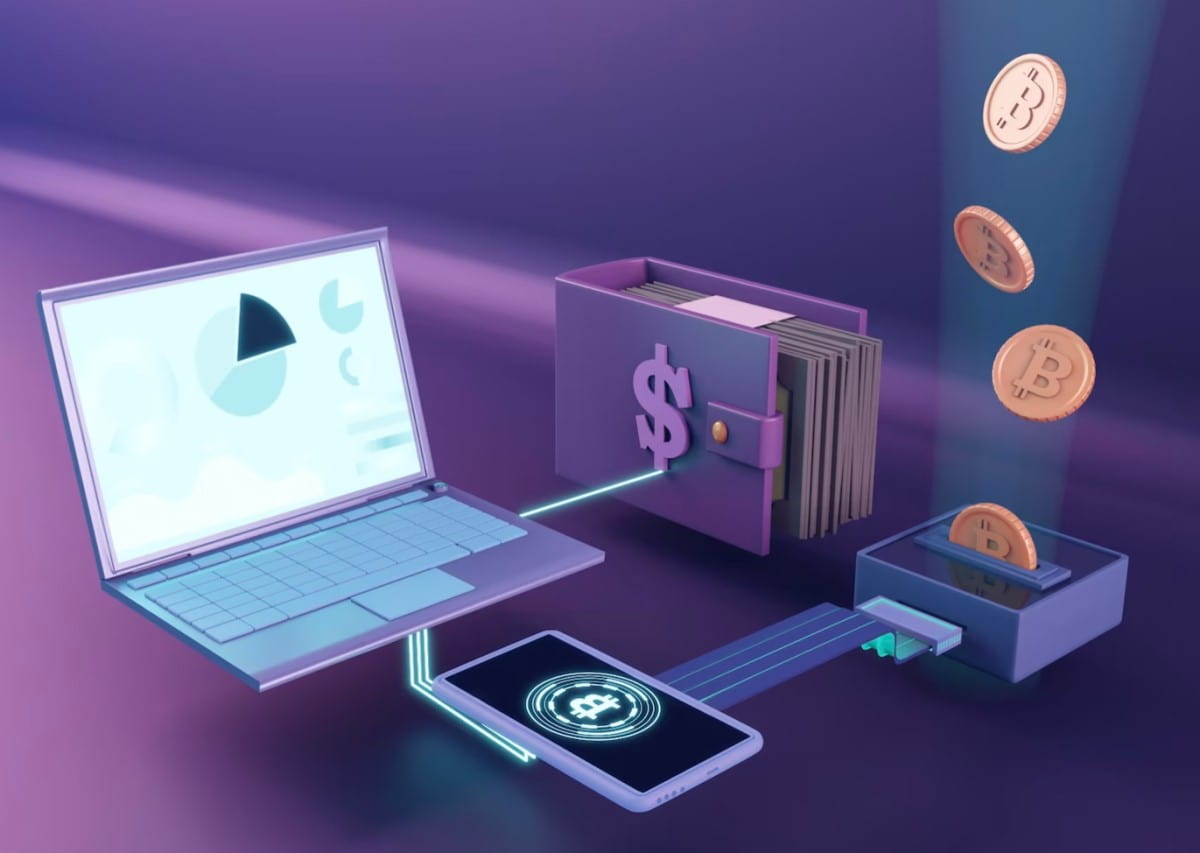
A decentralised limit order provides traders with the opportunity to engage in the buying or selling of a tradable financial asset at a price that is specifically designated, which might slightly surpass or fall short of the current market price. This form of order represents an enhancement to the structure of contracts within the domain of trading. When confronted with a limit order, the process of executing the trade is withheld until the price, as indicated by the trader, is successfully attained.
It becomes evident that limit orders hold a considerable degree of utility, particularly when confronting periods characterised by heightened levels of volatility and within systems that lack automatic deleveraging mechanisms designed to safeguard traders' funds. During such instances, limit orders prove instrumental in shielding traders from the undesirable consequences associated with the existence of extensive spreads. Given that spreads can inherently inflict harm upon traders, it is natural that every trading platform, including decentralised exchanges, uses limit orders to facilitate automated trading.
Decentralised exchanges have experienced a marked surge in popularity over time, and the inclusion of limit orders has profoundly enhanced the realm of trading. Limit orders deliver an assortment of advantages, rendering it imperative to thoroughly assess their operational mechanisms within the context of decentralised exchanges, which serve as the primary platforms for engaging in the trade of cryptocurrencies and crypto assets.
Within the vast market, it is commonplace for limit orders to be categorised into two distinct forms: buy orders and sell orders. This categorisation holds equally true within the Ethereum decentralised exchanges (DEXs) domain. Our focus is on examining the four principal categories of limit orders as they pertain to the realm of DEXs.
Buy-Stop
A buy-stop order is a specific type of DEX limit order designed to initiate a trade at a price point surpassing the current market price. The underlying intention behind this order is to position the trader to benefit from the subsequent surge in market price. In this scenario, the seller purchases at a price that exceeds the prevailing market value, capitalising on the ongoing price momentum. However, it is essential to acknowledge that this approach carries a potential drawback in the form of fake outs. These deceptive situations occur when the price reverts to a lower value after executing the buy-stop command.
Buy Limit
The buy limit serves as the direct antithesis of the buy-stop order. With the buy limit, the trader initiates an order to acquire an asset at a price below a specific threshold or the prevailing market price. It is important to note that although this type of order does not guarantee execution or a subsequent decrease in price, the trader or investor makes a calculated wager, speculating that the price may be filled at a lower value, resulting in a reduced expenditure.
Sell-Stop
The sell-stop order stands as the counterpart to the buy-stop order. In sell-stop orders, a predetermined price is established, along with an instruction to sell below the current market price. Similar to the buy-stop order, the sell-stop order aims to capitalise on the momentum, particularly in high-frequency trading, while mitigating the impact of slippage.
Sell Limit
The fundamental principle of trading revolves around selling high and buying low. In the case of sell limit orders, an asset is sold at a price above the current market value. Typically, the seller aims to sell the asset at a premium, unlike the sell-stop order.
How to use a DEX Limit Order
A limit order allows investors to specify a desired price for buying or selling an asset. Buy limit orders are executed at or above the limit price, while sell limit orders are filled at or below the limit price. To execute a limit order, the market price must reach the specified limit price. While execution is not guaranteed, limit orders prevent investors from overpaying for a stock.
The key advantage of limit orders is the ability to set a specific price and fill the order when the stock reaches that price. Sometimes, the order may even be executed at a more favourable price. This means investors don't need to monitor their limit orders constantly; they can set them to execute even months after placing them.
How to set up Limit Orders
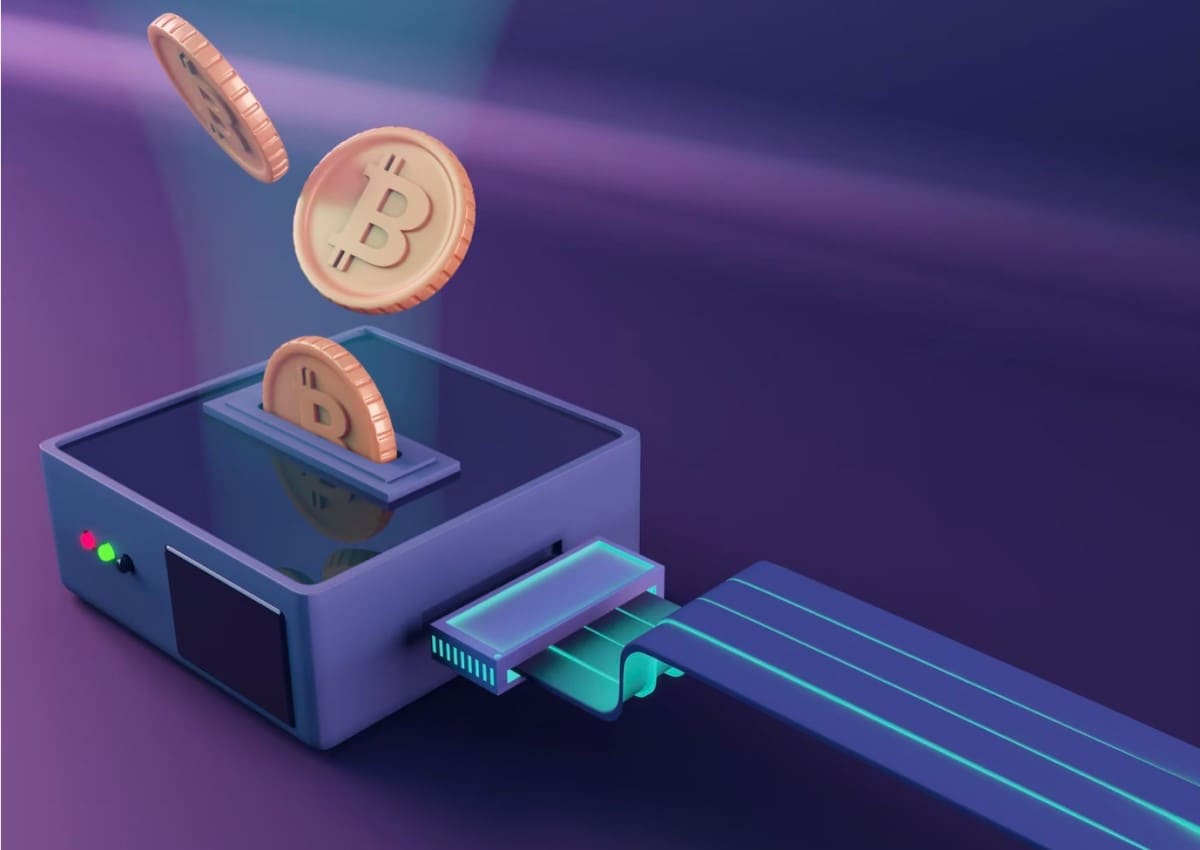
To begin trading on DEX, follow these steps:
- Connect your wallet (located in the upper right corner of the website or extension) and select the wallet type, such as MetaMask.
- Use the search bar to find the desired token. For instance, if you want to exchange ETH for $USDC, search for ETH or the native token of your choice.
- On the interface, you have two execution options: market order and limit order. With the limit order, you can use additional features like setting the maximum slippage percentage.
- Choose the desired gas fee for the transaction, ranging from fast to slow or custom-built gas prices.
- Optionally, select the preferred exchanges for routing the transaction.
How to get good profit with Limit Order
When utilising limit orders, it is crucial to employ them wisely and align them with your trading strategies to avoid long-term losses and missed opportunities for gains. Here are a few practical approaches to using limit orders:
- Set limit orders outside daily price swings by leveraging indicators like the daily average true range (ATR). The ATR provides insights into the typical volatility levels of traded assets. Incorporating this tool helps anticipate price swings and mitigate potential whiplash during periods of extreme volatility.
- Enhance the effectiveness of limit orders with additional mechanisms such as DEX stop losses and order expiration. Stop-loss orders safeguard by nullifying the trade when a specified loss threshold is breached. Additionally, limit orders can be set to expire after a designated period, such as one month or 24 hours for day traders, if the price fails to execute the order within that timeframe.
Limit Order Example
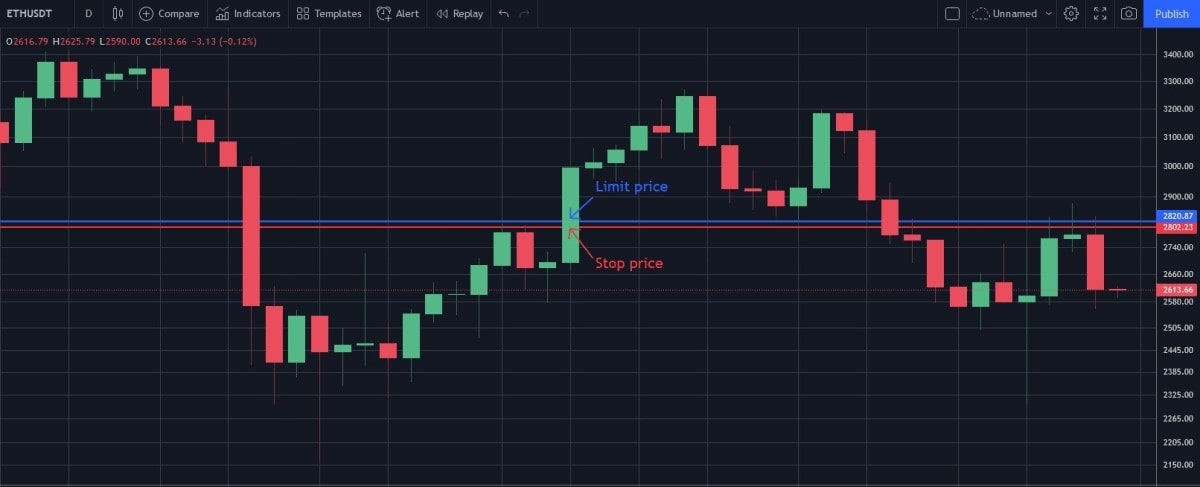
Imagine anticipating a significant surge in the price of ETH once it surpasses the $2,800 resistance level. To capitalise on this opportunity, you can set a unique strategy. Set the stop price at $2,800, indicating the trigger point, and the limit price at $2,820, defining the desired purchase price. When the market price of ETH hits $2,800, a limit buy order will be automatically placed at $2,820. If the price remains below $2,820, the limit order will execute at the prevailing market price. However, be aware that if the price rises rapidly, the order may be partially filled or filled at all. Nevertheless, the order will stay active until the price retraces to $2,820. Take advantage of this tailored approach to maximise your trading potential.
Tags
Try our Bitcoin Cloud Miner and get additional crypto rewards based on your trading volume. It's immediately available upon registration.
Try our Bitcoin Cloud Miner and get additional crypto rewards based on your trading volume. It's immediately available upon registration.
FAQ
What is a Limit Order?
A trader places a limit order to buy or sell a financial asset, such as stocks, cryptocurrencies, or commodities, at a specific price or better. When placing a limit order to buy, the trader sets the maximum price they are willing to pay. Conversely, the trader specifies the minimum price they are willing to accept. The order will only be executed if the market reaches the specified price or better.
What is a DEX order?
A DEX order refers to an order placed on a decentralised exchange (DEX). It allows users to trade cryptocurrencies directly with each other without the need for intermediaries. A DEX order is a request made by a user to buy or sell a specific cryptocurrency on a DEX platform.
What is a stop limit on DEX?
A stop-limit order on a DEX is a type of order that combines elements of a stop order and a limit order. It allows traders to set a stop price, which triggers the order, and a limit price, which sets the maximum or minimum price at which the order can be executed. When the market reaches the stop price specified by the trader, the stop-limit order becomes a limit order. If the limit price is reached or better, the order is executed. This order helps traders protect themselves from excessive losses or capture gains at desired price levels.
What are the risks of limit orders?
While limit orders offer certain advantages, they also come with some risks. Here are a few risks associated with limit orders:
- Order not executed. The order may only be executed if the market reaches the specified price limit. This can result in missed opportunities if the price moves in the desired direction.
- Price volatility. Limit orders are vulnerable to price volatility. If the market moves rapidly and surpasses the limit price, the order may not be filled at the desired price, resulting in a missed trade.
- Partial execution. A limit order may be partially filled with insufficient matching orders at the specified price. This can lead to incomplete trades and require additional orders to complete the desired trade.
- Timing risk. The timing of limit orders can be challenging, especially in fast-moving markets. Placing a limit order at an unrealistic price may prevent execution and cause missed opportunities.



